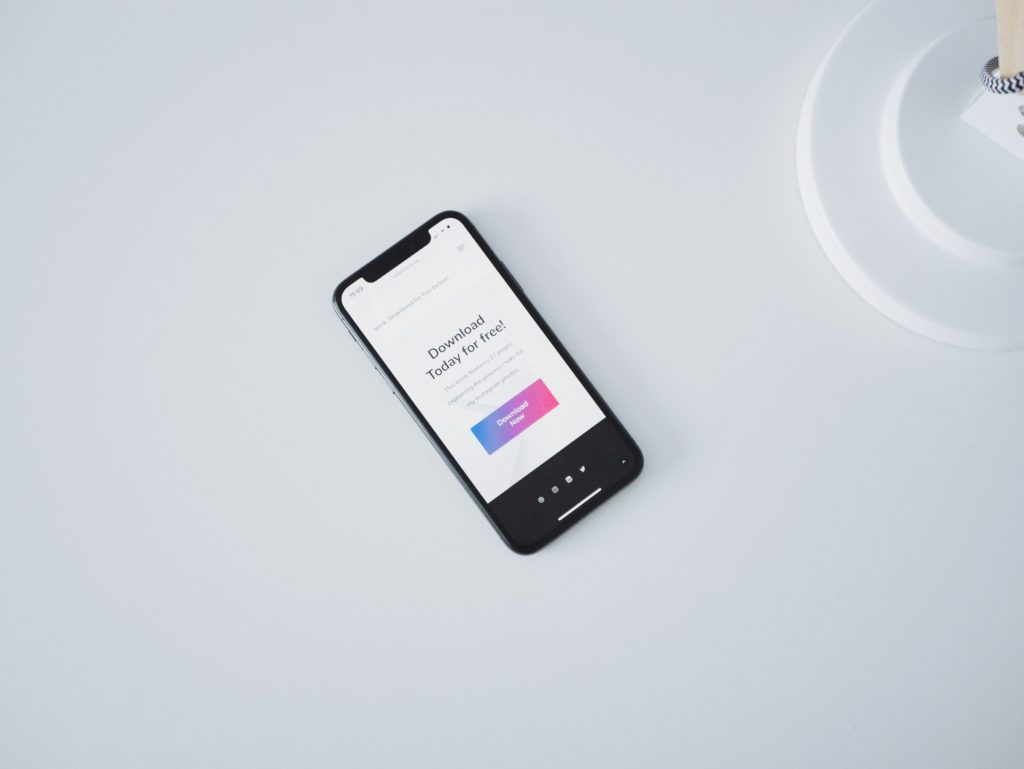If you’re just getting started with app development, you may be interested in building a progressive web app. As one of the newer frameworks to hit the market, progressive web apps change the game by putting more power and control in the hands of individuals, rather than the big app distributors.
Progressive web apps present an awesome opportunity to take your business to the next level without breaking the bank or jumping through all the hoops of native apps. They take less time and money to build, and they work on more devices without any of the extra programming work.
A progressive web app (PWA) is just one more way for small businesses to boost their online presence and improve operations. So what is a PWA, and what advantages does it offer to your business? Let’s take a closer look.
TLDR; Contents
Apps on Your Terms

To meet the strict criteria laid out by Android and—especially—Apple, developers had to spend months testing their software before it could hit the market. Not only was this inconvenient, but the expense sometimes derailed projects to where it was no longer possible for them to launch.
With progressive web apps, that’s all changed. Developers are no longer bound to meet the requirements of distributors. If you have a great idea, there are remarkably few hurdles to clear before getting your app where people can find it.
Progressive web apps work on nearly all web browsing platforms (except Firefox for desktop), making them highly accessible to a variety of different users. Plus, each user’s experience is more similar when compared to the different experiences users have between iOS and Android apps.
Adaptable to Every Device
It was only a few years ago that Responsive Web Design (RWD) was rolled out as a solution for the widespread use of smartphones. Before that, developers had to create distinct programs for every kind of screen—desktop monitors, tablets, smartphones, and any others they wanted to include.
As you can imagine, developing one app for three different platforms can be expensive. By using scalable vector graphics in smaller file formats, RWD broke through the screen barrier so that apps were accessible to more people.
Progressive web design piggybacks on this approach. Programs can now assess browsers to determine how much information and usability to provide. Some app features can be altered to better suit older smartphones and slower internet connection where processing speed might cause problems.
So, along with screen adaptability, apps can now adjust speed and feature complexity to give each user the best experience for their unique device.
Installation without All the Installation
The beauty of the web app is in its ease of use and convenience. Because there’s no app store required for distribution, users only have to access a URL and get started. This may seem like a web-only program, but it isn’t. Users can then download and install a cache on their device that stores information for later.
This is a huge improvement on the traditional web app. Normally, users were totally dependent on a working internet connection. Because that isn’t always possible, native apps were the preferred solution for a long time.
With progressive web apps, your software can reach more users thanks to greater versatility and reliability no matter where they are.
Less Energy Consumption
Progressive web apps don’t require as much processing power. They are lighter applications that can run without much storage on the user’s device. Not only does this save battery life and storage space on a smartphone, but it leads to faster load times for even the slowest internet connections.
This is a big step toward expanding the internet’s reach to developing countries where reliable internet speeds aren’t a given.
When Progressive Web Apps Are a Good Idea

When native apps are installed on user devices, they require constant updates to keep up with the advancement of technology. For you, that means expensive ongoing maintenance costs for each and every device you accommodate.
Unless the app is making up for its costs with subscriptions and downloads, these updates can become obstacles. With progressive web apps, this isn’t an issue anymore.
These apps are built with the philosophy of, “code once, use everywhere.” Aside from style changes and feature updates when the time is right, there’s no requirement for progressive web apps to constantly keep up with the different OS updates every year.
Apps that store minimal user information are especially well-suited for progressive design, though they will work in almost any situation.
To save time and money on the development, consider using progressive web app design.
Finding the Right Developer

It can be tough to know where to find the right developer. A good place to start is to make a list of your favorite apps and what you like about them. Doing this gives you some ideas about what you want your app to do.
Once you have a list, start your Google search and check portfolios for projects that suit your preferences. Don’t worry about the price yet—that comes later.
Experience is important, of course, but it isn’t everything. Style can sometimes be a great indicator of someone’s ability. Also, since there are many choices that have to be made independently, trust is key. You need to know they’ll be able to get your project across the finish line without constant handholding.
It’s also a good idea to find a developer with experience in your specific industry. The more they know about the work you do, the better chance you’ll have of a successful launch.
In order to get your app in front of more eyeballs, you’ll need a solid marketing plan. That kind of experience is crucial to a successful launch. So, find a developer who’s confident about their ability to get your app out the door.
Closing Thoughts
With the right planning and execution, progressive app development is easy. It can also be a great way to enhance your brand with fewer headaches than traditional native apps.
Ready to talk to a developer about your progressive web app?
Schedule a free consultation today by clicking here.




